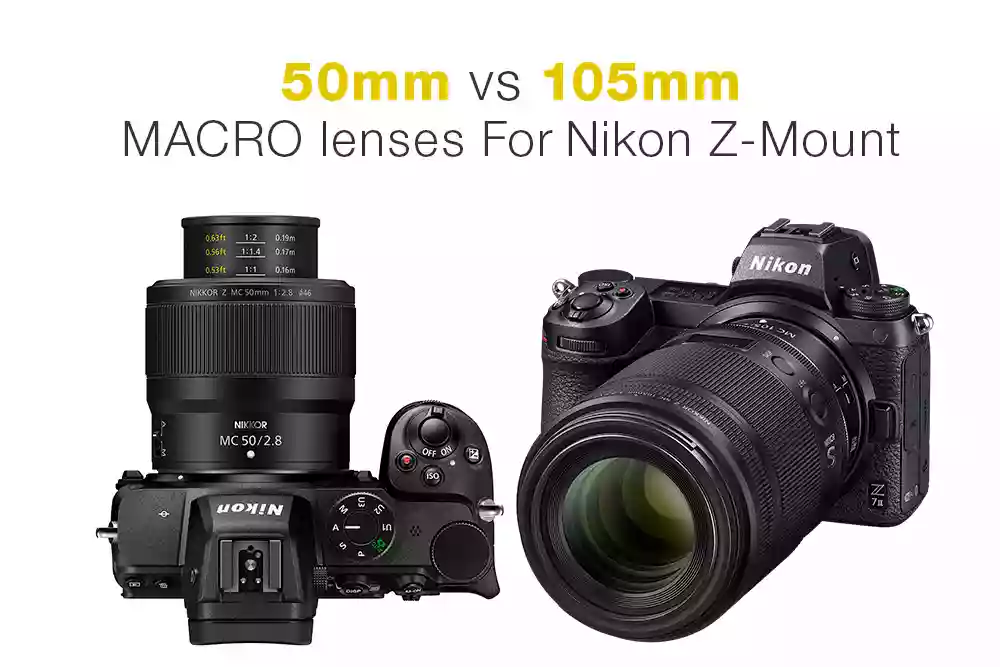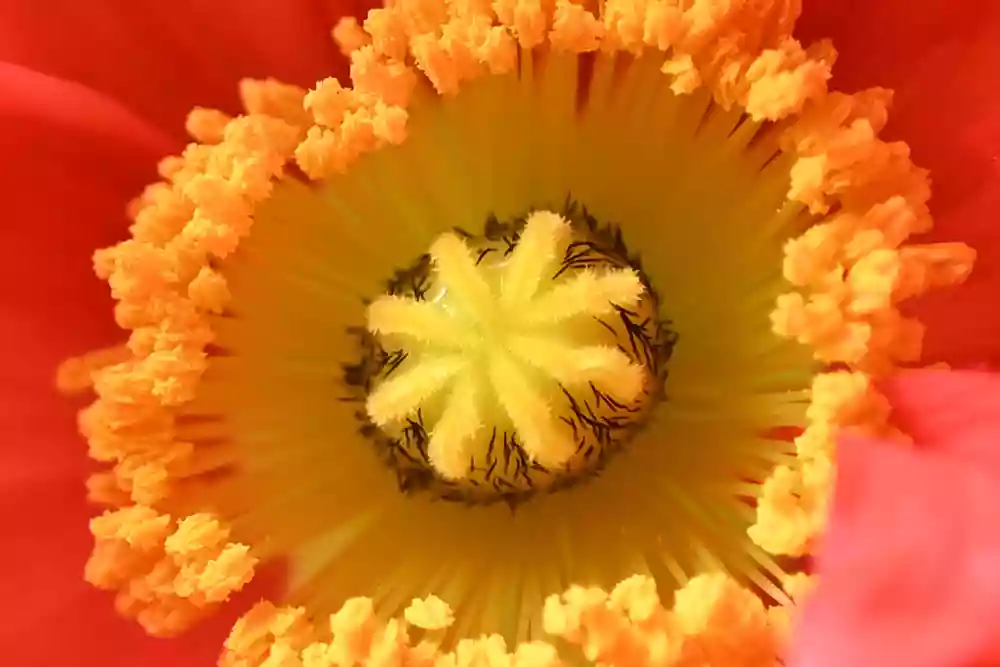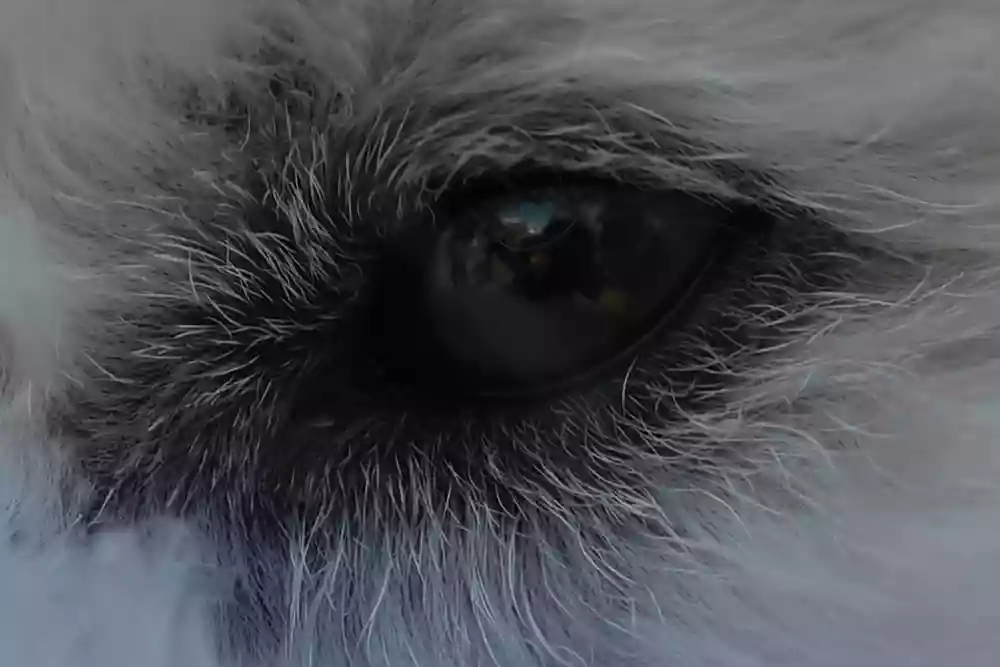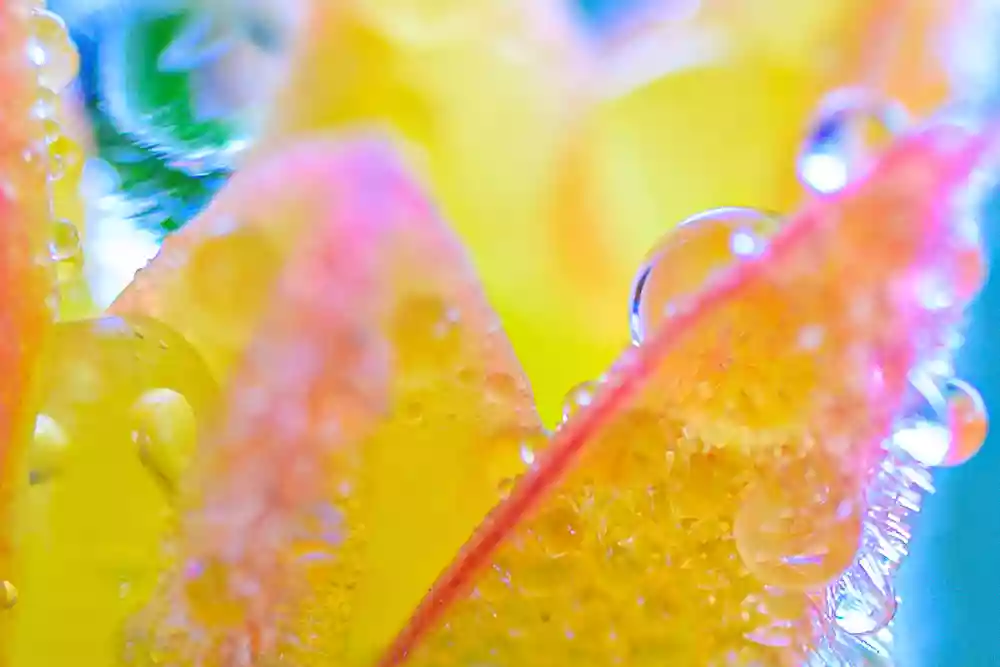- Call us: 01444 237070
- Contact Us
- Stores
- Sign In / Register
-
- Back
- Used Cameras
- Used Accessories
- Used Lenses
- Used Video
- Used Film Equipment
- Used Stock Alert
- Used Blank Test
- Sell or Part Exchange
- Used Clearance
- Recently Added Used Equipment
- Park Picks
- All Used Black Friday Deals
- Faulty
- Trade-In
- Blog
- New in
- Call us
- Contact us
- Stores
- Sign in
- Categories
- Tips & Inspiration
- Reviews
- News
- Events
- Features
- Buying Guides
- Competitions
Nikon Z Mirrorless Macro Lenses In Depth
Nikon has released two mirrorless Z macro lenses simultaneously and we go in-depth with sample images, 100% crops and discuss the main differences between the Nikkor Z MC 105mm f/2.8 VR S and Nikkor Z MC 50mm f/2.8.

Table of contents:
- Introduction to the two new Nikon Z macro lenses
- What are the similar features?
- What are the big differences?
- What other subjects can you shoot with these?
- Summary
Introduction
The range of Z-mount lenses has been growing steadily over the years, but macro photographers have had to wait extremely patiently as there has been no close-up lens available for them. Until now that is when Nikon releases two macro primes, not quite like buses arriving at the same time, but two options at once. We do have a number of high magnification telephoto lenses such as the Nikkor Z 70-200mm VR S lens with a maximum reproduction ratio. 0.2x, but this is not the same as a dedicated 1:1 close-up lens.

Nikon Z6 II with Nikkor Nikkor Z MC 50mm f/2.8 coffee beans. Exposure: 1/125 sec. f/16. ISO 100
Similarities between the Z 105mm f/2.8 VR S and Z 50mm f/2.8 lenses
Let’s take a look at which features these two Z mirrorless lenses have in common first of all. It’s not a huge list as these two lenses are aimed at different audiences, but some of the key features are similar to draw out the very best from each lens.
|
Feature |
||
|
Maximum reproduction ratio |
1:1 |
1:1 |
|
Aperture diaphragm |
f/2.8 with 9 rounded blades |
f/2.8 with 9 rounded blades |
|
Aperture system |
Automatic aperture with electro magnetic diaphragm mechanism |
Automatic aperture with electro magnetic diaphragm mechanism |
|
AF drive motor |
STM (stepping motor) |
STM (stepping motor) |
|
Focus-mode switch |
YES |
YES |
|
Compatibility |
Full-frame and DX |
Full-frame and DX |
|
Fluorine coating |
YES |
YES |
Both are highly capable true life-size macro lenses with 1:1 magnification. This means you can get excellent details filling the frame with your subject. Focus is fast on both lenses and the inclusion of a focus limiter allows the STM motor to hunt a very short distance, keeping AF snappy at close range. Of course manual focusing is often used for macro work where the user might want to choose the precise focal point and both lenses offer manual override.

Nikon Z7 II with Nikkor Z MC 105mm f/2.8 VR S macro with shallow depth of field. Exposure: 1/200 sec. f/4.5. ISO 400
Key differences between these macros
It’s these differences between the two lenses which set them apart for their target audiences. The 105mm is a professional grade mid-telephoto with excellent detail whilst the 50mm is an entry to enthusiast level standard focal width lens. In real world use this may not make a great deal of difference depending on your shooting style and which camera the lens is mounted on. We’ve provided this table outlining the key differences so you can make a judgement based on your specific needs.

100% crop of previous image. showing huge level of detail
|
Feature |
||
|
Focal length Full-Frame / DX |
105mm / 157.5mm |
50mm / 75mm |
|
Optical design lenses/groups |
16 / 11 (3 ED and 1 aspherical element) |
10 / 7 (1 ED element and 1 aspherical element) |
|
Stabilisation (VR) |
Lens based (4.5 stops) |
Camera based |
|
Lens coatings |
Nano Crystal Coat, ARNEO Coat |
N/A |
|
Internal focusing |
YES |
NO |
|
Video optimised |
YES - Focus breathing reduced |
N/A |
|
Minimum focus distance |
0.29m |
0.16m |
|
Filter size |
62mm |
46mm |
|
Weather sealing |
YES |
N/A |
|
Focus throw adjustment |
YES |
N/A |
|
Weight |
Approx. 630 g |
Approx. 260 g |
This table outlines the advanced S-Line optical design in the Z MC 105mm f/2.8 VR S, which includes 16 lens elements, four special lenses and both of Nikon’s coatings to reduce flare and ghosting. Results really are spectacular on par with the very best professional mirrorless lenses as we can see on these sample images. There are high resolution details, gorgeous colours and the lens easily keeps pace with the 45.8 megapixel sensor in the Z7 and Z7 II cameras.

Nikon Z6 II macro poppy with gorgeous details and colours from the Nikkor Z MC 50mm f/2.8 lens. Exposure: 1/125 sec. f/3.5. ISO 100
The optical design of the Z MC 50mm f/2.8 is competent in its own right, perfectly able to capture beautiful images, particularly with the 9-bladed aperture and 10 elements. In this case there are two special glass lenses to control aberrations. Check out the 100% crop below!

No complaints about rendering from the Nikkor Nikkor Z MC 50mm f/2.8 as shown in this 100% crop from the previous image
Other key differences lie in the ability to shoot into backlit conditions with less visible flare, a lack of lens-based vibration reduction and not having weather sealing. The mid-telephoto is also optimised for video recording which means Nikon has virtually eliminated focus breathing. This can make a big difference when focusing while shooting video so may be a factor in your buying decision.
The 50mm f/2.8 does have a closer minimum focus distance, which is incredibly close for a 50mm lens and a smaller filter thread with far lower overall weight. So some advantages lie with the nifty 50 along with cost savings if some of the professional features aren’t applicable to your needs. There really are no complaints whatsoever with the detail which the 50mm Z lens achieves.

Nikon Z7 II still life with Nikkor Z MC 105mm f/2.8 VR S. Exposure: 0.7 sec. f/3. ISO 320

100% crop showing detail and colours from picture above. The Z7 II sensor is a beauty!
What other subjects suit these lenses?
Although both of these Z models are macro-focused they are highly capable of making ‘regular’ photos and videos as well. There’s a cross-over in subjects although the 50mm is definitely more versatile as a general purpose option. Here are some subjects which both traditionally handle well:
- Portraits. At 105mm you’re looking at just over double the reach with tighter crops and more compression with the subject, whereas the 50mm has a more natural range for environmental portraits.
- Landscapes and cityscapes. Both can be used as a city, landscape or seascape lens with the 50mm more able to get the whole scene in frame whereas the tele will be better at picking out details or more distant subjects on the whole.
- Products, food photography and weddings. All of these types of photography (and more) fall within either of these lenses capabilities and users can make the most of their different fields of view.
- Street photography is more for the wider lens with its ability to get more into the frame from closer.
- You can try just about any subject with either of these, such as pet photography and much more.

Nikon Z6 II dog portrait with Nikkor Z MC 50mm. Exposure: 1/640 sec. f/3.5. ISO 100
Summary
There’s no winner between these two Z mirrorless macro lenses, they are both macro capable but for different looks, with different end users in mind. If you’re a professional or serious enthusiast who loves macro then the Nikkor Z MC 105mm f/2.8 VR S probably appeals to you for its all round excellence. On the other hand having a versatile standard prime which can also capture true 1:1 macro is a real bonus, so long as you don’t need weather sealing and the very best technology which S-Line lenses offer. They are both portable for what they offer and will happily travel in a lightweight kit packed with just the essentials.

100% crop from dog's eye. Look at each hair well resolved from the Z6 II
Read more about Nikon mirrorless gear in our blog with these posts:
- Nikon Z7 II and Z6 II mirrorless cameras explored
- Nikon Z Mount Mirrorless Lens Roadmap
- Nikkor Z 70-200mm f/2.8 VR S telephoto zoom lens first impressions

Nikon Z7 II creative macro with Nikkor Z MC 105mm f/2.8 VR S. Exposure: 1/8 sec. f/5. ISO 64. Finishing with a 100% crop below:

Share this post:
By Nick Dautlich on 02/06/2021
Nick Dautlich
Senior Content Writer and Product Reviewer
Nick Dautlich is the Senior Content Writer and Product Reviewer at Park Cameras, with over 15 years of photography experience. A Sony Imaging Professional and expert reviewer, Nick has worked with major brands such as Canon, Sony and Nikon. His work is also featured on Vanguard World UK’s website, Capture Landscapes, and Shutter Evolve. Nick’s photography includes National Trust projects and magazine covers and he is passionate about landscapes and storytelling. Nick also enjoys hiking and teaching his children about nature. Learn more on his profile page.

Trade in your old equipment
Fast and easy trade in service ensures your old gear is collected efficiently and you are paid quickly! It's very simple to trade in your unwanted photography gear. Just head over to our dedicated Sell or Part Exchange page, fill out the details, and we'll get back to you with an offer for your old gear. Take the cash, or put it towards the cost of your new gear. It's up to you! Find out more
sign up to the newsletter
Keep up to date on the latest photography news, events and offers. Sign up now